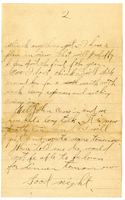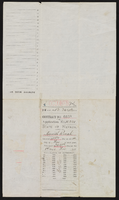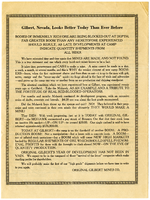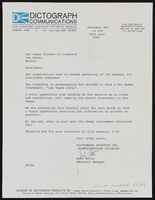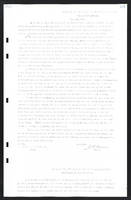Search the Special Collections and Archives Portal
Search Results
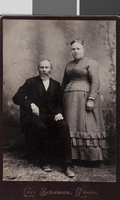
Photograph of Lemuel and Johana Compton, circa 1890s
Date
Archival Collection
Description
Image
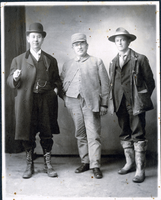
Davis, Shoemaker, and Hubbard: photographic print
Date
Archival Collection
Description
Image
Helen J. Stewart Papers
Identifier
Abstract
The Helen J. Stewart Papers (1869-1978) document the life of Las Vegas, Nevada pioneer, Helen J. Stewart. It includes correspondence between Stewart and her children as well as various family legal papers and certificates. The collection also contains Helen J. Stewart's 70th birthday scrapbook, a ledger, and a day book from 1904-1919, as well as several photograph albums and information related to the family burial plot.
Archival Collection
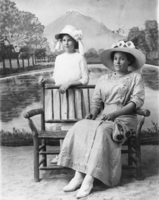
Daughters of R.J. "Dad" Fairbanks in Long Beach, California: photographic print
Date
Archival Collection
Description
From the Nye County, Nevada Photograph Collection (PH-00221) -- Series VII. Other areas in Nye County -- Subseries VII.F. Lowe Family. Two daughters of R.J. "Dad" Fairbanks, Vonola Fairbanks, and Stella Fairbanks Brown. Vonola is standing. It was custom for desert dwellers, if they could afford to, to go to the beach in the summertime.
Image

